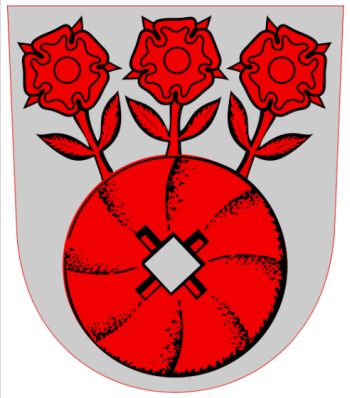Askola: Difference between revisions
Jump to navigation
Jump to search
Knorrepoes (talk | contribs) No edit summary |
Knorrepoes (talk | contribs) m (Text replacement - "Etelä-Suomen" to "Etelä-Suomi") |
||
| Line 4: | Line 4: | ||
Region : [[Uusimaa]] (2009-2011 [[Itä-Uusimaa]])<br> | Region : [[Uusimaa]] (2009-2011 [[Itä-Uusimaa]])<br> | ||
Former province : 1997-2009 [[Etelä- | Former province : 1997-2009 [[Etelä-Suomi]], until 1997 [[Uusimaa]] | ||
[[File:askola.jpg|center]] | [[File:askola.jpg|center]] | ||
| Line 23: | Line 23: | ||
[[Category:Uusimaa]] | [[Category:Uusimaa]] | ||
[[Category:Itä-Uusimaa]] | [[Category:Itä-Uusimaa]] | ||
[[Category:Etelä- | [[Category:Etelä-Suomi]] | ||
[[Category:Granted 1956]] | [[Category:Granted 1956]] | ||
Revision as of 08:47, 8 November 2015
ASKOLA
Region : Uusimaa (2009-2011 Itä-Uusimaa)
Former province : 1997-2009 Etelä-Suomi, until 1997 Uusimaa
Official blazon
Hopeakentässä myllynkivi, josta kasvaa kolme ruusua; kaikki punaista.
Origin/meaning
The arms were officially granted on November 14, 1956.
The millstone is taken as a symbol for the many former mills in the area as well as for the local bread, milled in the mills. The roses are taken as a symbol for the poet Johannes Linnankoski, whose most famous poem was about roses.
Contact and Support
Partners:
Your logo here ?
Contact us
© since 1995, Heraldry of the World, Ralf Hartemink 
Index of the site
Literature : Pirinen, K. Local coats of arms in Finland (Suomen kunnallisvaakunat), Vantaa, 1982, 216 p.










